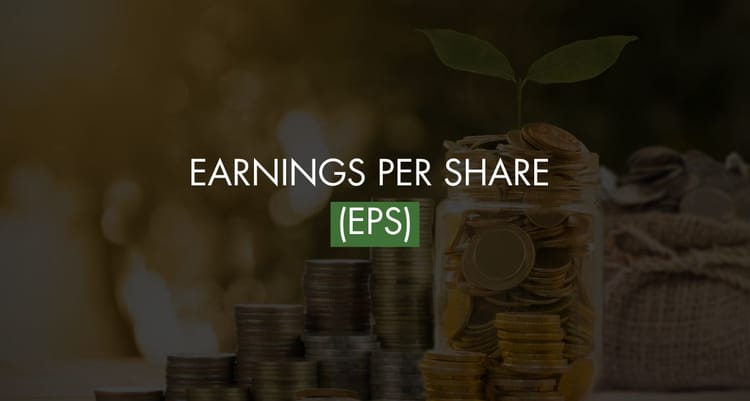Finding Your Financial Fit in the Value vs. Growth Debate

Investing is often seen as a complex puzzle, with various strategies competing for attention. Two prominent contenders in this financial arena are Value Investing and Growth Investing. These approaches, though differing in philosophy, both aim to help investors achieve their financial goals. In this article, we'll unravel the mysteries of Value Investing and Growth Investing, making it easier for you to choose the strategy that aligns with your financial aspirations.
The Essence of Value Investing
Value Investing is like the bargain hunt of the stock market. Investors following this strategy seek out stocks that appear undervalued compared to their intrinsic worth. Imagine walking into a store and finding a high-quality item on sale – that's the essence of value investing.
Key principles of Value Investing
Fundamental Analysis: Value investors scrutinize financial statements, earnings reports, and other key indicators to determine a company's intrinsic value.
Margin of Safety: This is the concept of buying a stock at a price significantly below its estimated intrinsic value, providing a cushion against potential downturns.
Patience: Value investing requires a patient approach, as it may take time for the market to recognize the true value of a stock.
The Allure of Growth Investing
Growth Investing, on the other hand, is more like chasing the next big thing. Investors in growth stocks are looking for companies with high potential for future expansion, even if their current valuation may seem steep.
Key principles of Growth Investing
Earnings Growth: Growth investors focus on companies with above-average earnings growth, believing that these companies will continue to perform well in the future.
Market Potential: The emphasis is on industries and sectors with significant growth potential, such as technology, biotech, and other innovative fields.
Risk Tolerance: Growth investing can be riskier, as it often involves stocks with higher volatility. Investors need a higher risk tolerance and a long-term perspective.
Finding Your Financial Fit
Risk Appetite: Consider your risk tolerance. If you prefer a smoother ride, Value Investing might be a better fit. If you can stomach volatility for the potential of higher returns, Growth Investing might be more appealing.
Time Horizon: Your investment horizon matters. Value Investing often requires more patience, while Growth Investing can provide quicker returns but may involve more short-term fluctuations.
Diversification: Many successful investors use a combination of both strategies to create a well-balanced portfolio. Diversification can help mitigate risks associated with a single investment style.
Ultimately, the choice between Value Investing and Growth Investing depends on your financial goals, risk tolerance, and investment horizon. There's no one-size-fits-all approach. By understanding the principles and characteristics of each strategy, you can tailor your investment approach to align with your unique circumstances. Whether you're on the lookout for hidden gems or eager to ride the wave of innovation, the world of investing offers opportunities for everyone willing to explore and learn.
Frequently Asked Questions (FAQ)
1. What is Value Investing?
Value Investing involves seeking out stocks that appear undervalued compared to their intrinsic worth. Value investors look for high-quality stocks that are "on sale," focusing on companies that are fundamentally strong but may be undervalued by the market.
2. What are the key principles of Value Investing?
- Fundamental Analysis: Scrutinizing financial statements, earnings reports, and key indicators to determine a company's intrinsic value.
- Margin of Safety: Buying stocks at prices significantly below their estimated intrinsic value to provide a cushion against potential downturns.
- Patience: Being prepared to hold investments long-term until the market recognizes the true value of the stock.
3. What is Growth Investing?
Growth Investing focuses on companies with high potential for future expansion. Investors look for companies that may currently have high valuations but are expected to grow significantly in the future.
4. What are the key principles of Growth Investing?
- Earnings Growth: Focusing on companies with above-average earnings growth.
- Market Potential: Emphasizing industries and sectors with significant growth potential, such as technology and biotech.
- Risk Tolerance: Being willing to accept higher volatility and risk for the potential of higher returns.
5. How do I determine if Value Investing is right for me?
Consider Value Investing if you:
- Prefer a less volatile investment approach.
- Are willing to wait for the market to recognize the true value of your investments.
- Like analyzing financial statements and understanding a company's fundamentals.
6. How do I determine if Growth Investing is right for me?
Consider Growth Investing if you:
- Are comfortable with higher risk and volatility.
- Are looking for potentially higher returns over the long term.
- Are interested in investing in innovative and rapidly expanding sectors.
7. Can I combine both Value and Growth Investing strategies?
Yes, many successful investors use a combination of both strategies to create a well-balanced portfolio. Diversification helps mitigate risks associated with a single investment style and allows investors to benefit from both value opportunities and growth potential.
8. What should I consider when choosing between Value and Growth Investing?
- Risk Appetite: Assess your tolerance for risk. Value Investing may offer a smoother ride, while Growth Investing can involve more volatility.
- Time Horizon: Consider your investment horizon. Value Investing often requires more patience, while Growth Investing can provide quicker returns but with more short-term fluctuations.
- Diversification: Think about incorporating both strategies into your portfolio to balance risk and potential returns.
9. What industries are commonly associated with Growth Investing?
Industries commonly associated with Growth Investing include technology, biotechnology, renewable energy, and other innovative fields with significant expansion potential.
10. How does diversification help in investing?
Diversification involves spreading investments across various asset classes, industries, and geographies to reduce risk. By not putting all your eggs in one basket, you can mitigate the impact of poor performance in any single investment.
11. What are some risks associated with Growth Investing?
Growth Investing can involve:
- Higher volatility and market fluctuations.
- Potentially inflated valuations leading to significant corrections.
- Dependence on continued high earnings growth, which may not always be sustainable.
12. How does fundamental analysis work in Value Investing?
Fundamental analysis in Value Investing involves examining a company's financial health, including its balance sheet, income statement, and cash flow statement. Investors assess factors like earnings, dividends, and growth potential to determine the stock’s intrinsic value.






Member discussion